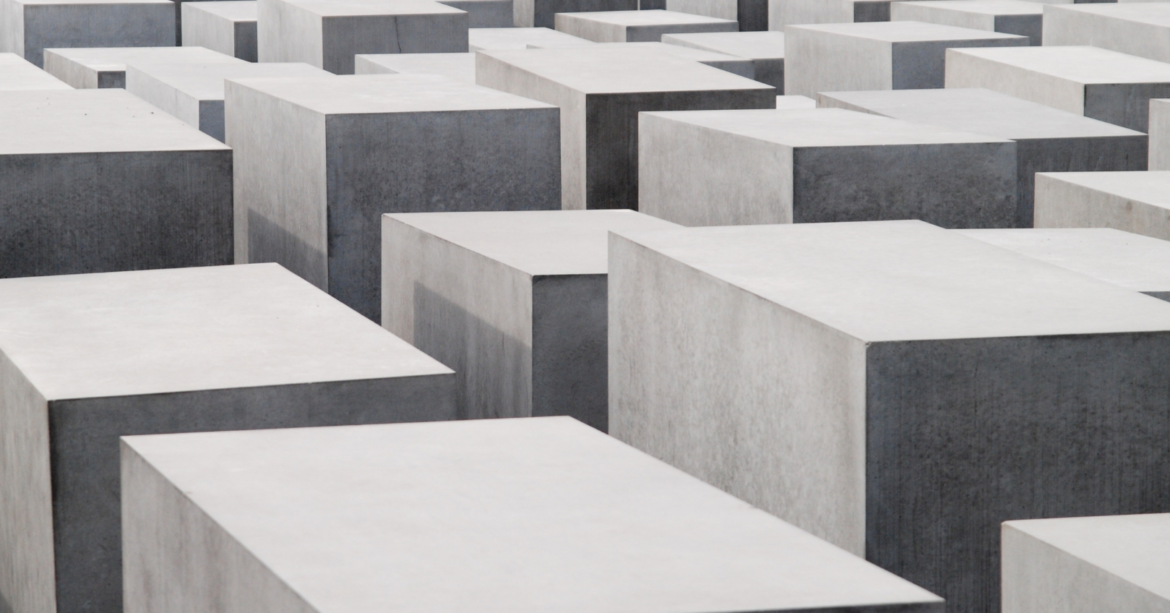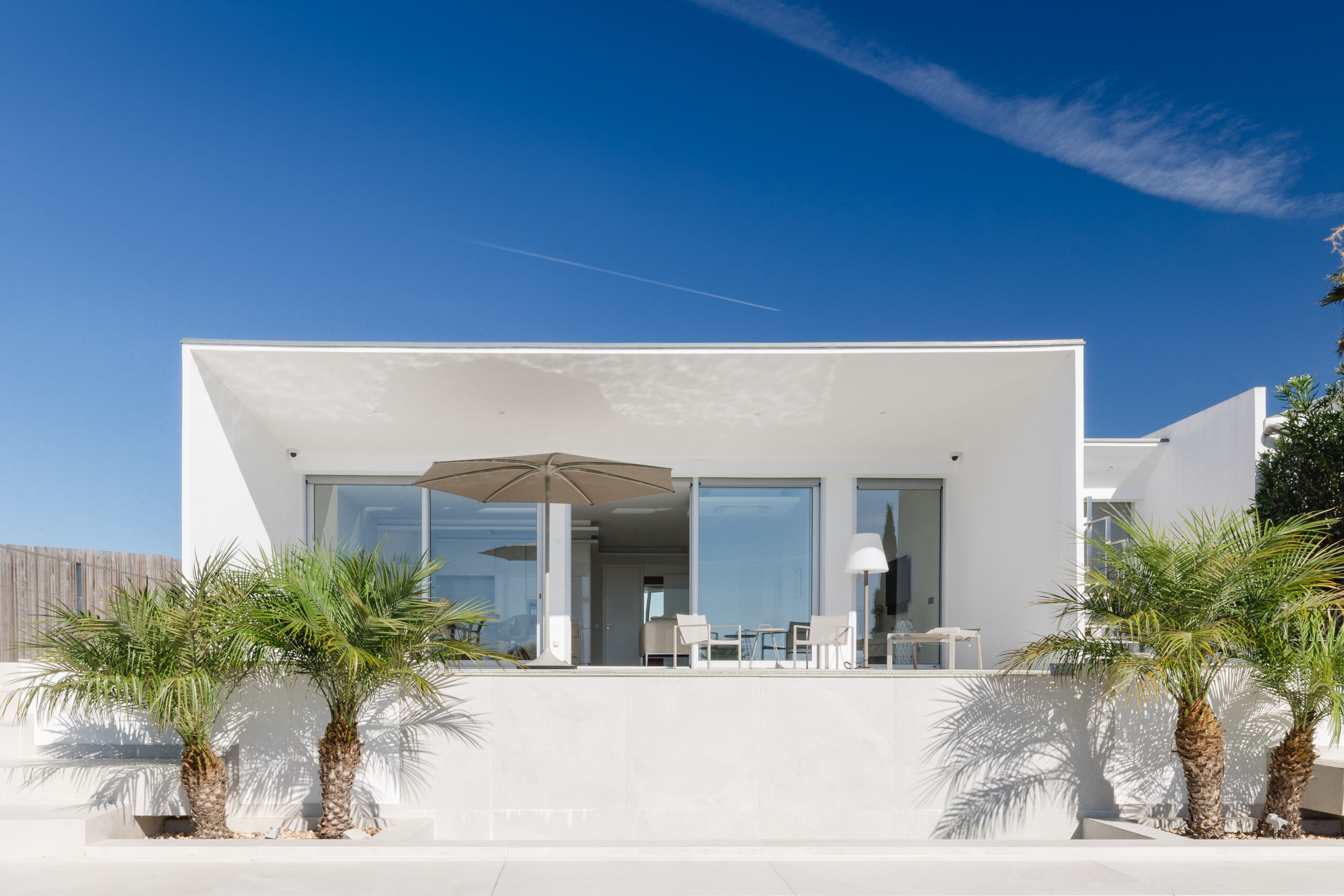Have you ever stopped to think about the environmental impact of the cement used in construction? Traditional Portland cement is a major contributor to global greenhouse gas emissions, responsible for about 8-10% of the total. As an environmentally conscious individual or a construction professional, this statistic might be alarming. You want to reduce your carbon footprint, but finding sustainable and effective alternatives can be challenging.
That’s where Magnesium Phosphate Cement (MPC) comes into play. MPC represents a significant advancement in sustainable construction materials, offering a carbon-negative alternative to traditional cement. In this article, you’ll learn about MPC’s unique properties, its historical roots, and its advantages over conventional materials. You’ll also discover how Portuguese companies are embracing similar sustainable materials, paving the way for a greener future in construction.

Understanding Magnesium Phosphate Cement (MPC)
Chemical Composition and Reaction Mechanism
Magnesium Phosphate Cement is made from a blend of magnesium oxide (MgO) and phosphate-based materials. When mixed with water, MPC undergoes an exothermic reaction, resulting in a dense and durable matrix. Unlike Portland cement, which is produced through the calcination of limestone and releases significant amounts of CO2, MPC production avoids high-temperature requirements and absorbs CO2 during its curing process.
Environmental Impact Compared to Portland Cement
Traditional Portland cement production is energy-intensive and environmentally detrimental, contributing substantially to global warming. In contrast, MPC not only mitigates its carbon footprint but also actively reduces atmospheric CO2, making it a carbon-negative material.
Historical Use of MPC-Like Materials: Roman and Egyptian Examples
Remarkably, MPC is not a novel invention. Its use can be traced back to ancient civilizations, including the Romans and Egyptians, who constructed enduring structures using similar technology. Roman concrete, known for its resilience, incorporated volcanic ash and lime, resembling modern MPC formulations. Similarly, Egyptian pyramids and monuments were built using materials that exhibit characteristics akin to MPC. The durability and longevity of these ancient edifices stand as a testament to the efficacy of MPC.
Advantages of Magnesium Phosphate Cement
Rapid Setting and Construction Efficiency
One of the standout features of MPC is its rapid setting time, which significantly reduces construction time and labour costs. This efficiency makes MPC an ideal material for projects requiring quick turnaround.
Superior Bond Strength and Durability
MPC exhibits superior bond strength and durability compared to traditional cement. Its robust nature ensures long-lasting construction, reducing the need for frequent repairs and maintenance.
Chemical Resistance
MPC offers excellent chemical resistance, making it suitable for various applications, including infrastructure repair and waste encapsulation.
Applications of MPC in Modern Construction
Infrastructure Repair
Due to its rapid setting time and durability, MPC is ideal for repairing infrastructure, such as bridges and roads, where minimal downtime is crucial.
Waste Encapsulation
MPC’s chemical resistance makes it an excellent choice for encapsulating hazardous waste, ensuring safe and long-term containment.
High-Performance Structures
The superior bond strength and durability of MPC make it perfect for constructing high-performance structures that require resilience and longevity.

Portuguese Companies Offering Sustainable Materials Similar to MPC
In Portugal, several companies are leading the way in sustainable construction materials. Notable examples include:
- Secil: Known for its innovative approach to cement production, Secil offers eco-friendly alternatives that align with sustainable building practices.
- Cimpor: A major player in the cement industry, Cimpor is committed to reducing its environmental impact through sustainable material options.
- Vicat: This company focuses on producing low-carbon cement solutions, making strides in the realm of sustainable construction.
These companies are setting an example by providing materials that reduce the carbon footprint of construction projects, similar to the benefits offered by MPC.
The Future of Sustainable Construction with MPC
As the construction industry seeks to minimize its environmental impact, adopting materials like Magnesium Phosphate Cement offers a promising pathway towards sustainable building practices.
By revisiting and refining ancient technology, we can construct resilient infrastructure for the future while actively reducing global carbon emissions.
Embracing innovative materials from Portuguese companies not only supports this transition but also bolsters local businesses, ensuring a greener and more sustainable approach to construction, a commitment that CORE has always upheld.



